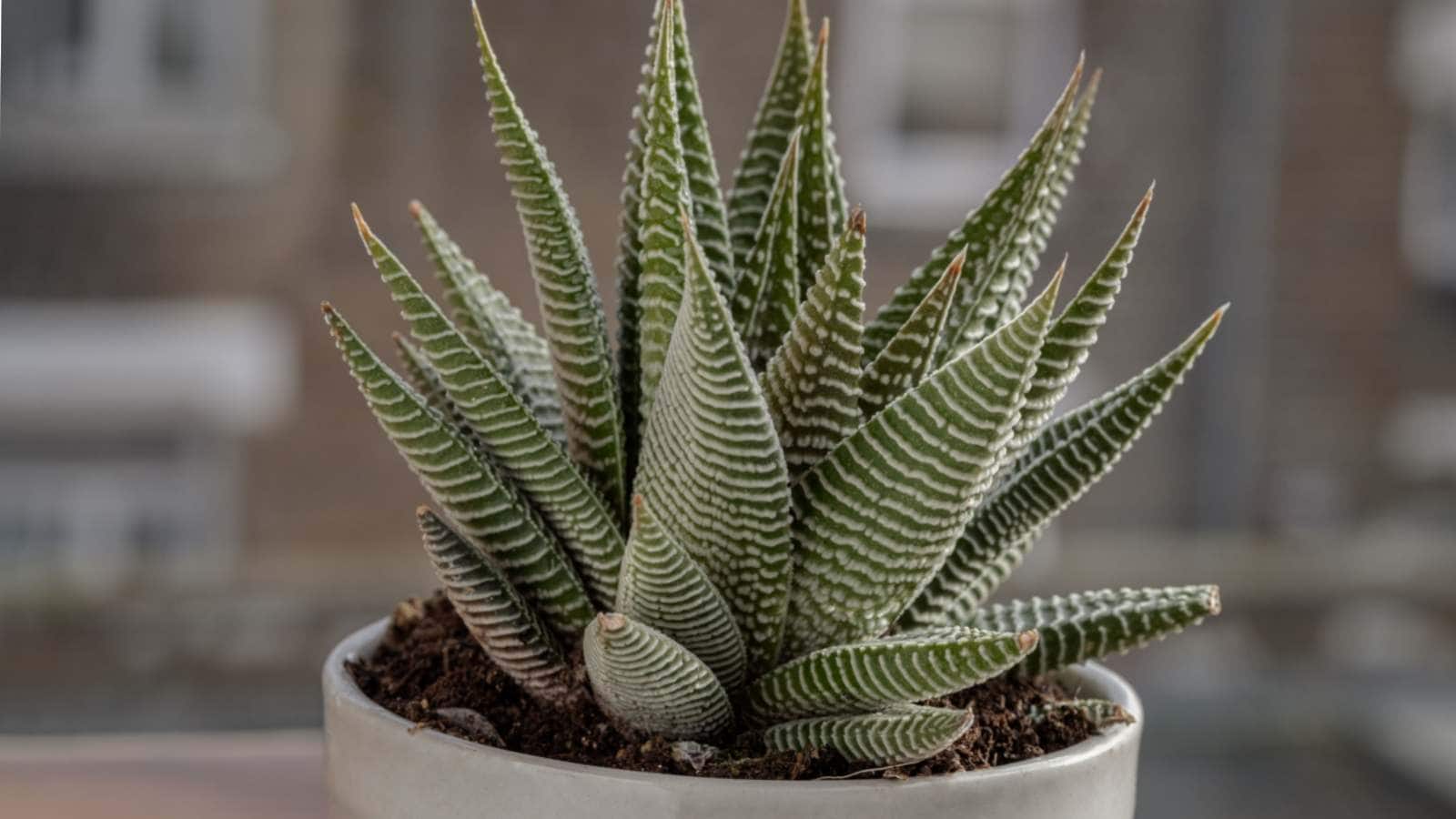
Haworthia plants are small, succulent wonders that have captured the hearts of plant enthusiasts worldwide. But what makes these tiny green gems so special? For starters, they are incredibly easy to care for, making them perfect for beginners. Their unique, rosette-shaped leaves come in various patterns and textures, adding a touch of nature's artistry to any space. Did you know some Haworthia species can survive in low light conditions? This adaptability makes them ideal for indoor environments. Plus, they are known for their air-purifying qualities, contributing to a healthier living space. Curious about more intriguing facts about these resilient plants? Keep reading to uncover 26 fascinating tidbits that will deepen your appreciation for Haworthia.
What is Haworthia?
Haworthia is a genus of small succulent plants native to Southern Africa. These charming plants are popular among indoor gardeners for their unique appearance and easy care. Let's dive into some fascinating facts about Haworthia.
-
Haworthia plants belong to the Asphodelaceae family, which also includes Aloe and Gasteria.
-
These succulents are named after the British botanist Adrian Hardy Haworth.
-
There are over 70 recognized species of Haworthia, each with its own unique characteristics.
-
Haworthia plants are known for their rosette-shaped leaves, which can be smooth, rough, or even covered in tiny white bumps.
Unique Characteristics of Haworthia
Haworthia plants have some distinct traits that set them apart from other succulents. Their unique features make them a favorite among plant enthusiasts.
-
Many Haworthia species have translucent leaf tips, allowing light to penetrate deeper into the plant for photosynthesis.
-
Some species, like Haworthia cooperi, have leaves that resemble tiny green bubbles.
-
Haworthia plants can change color depending on the amount of sunlight they receive, often turning reddish or purplish in bright light.
-
These succulents are slow-growing, making them perfect for small spaces and indoor gardens.
Care and Maintenance
Haworthia plants are relatively low-maintenance, making them ideal for beginners and busy plant lovers. Here are some essential care tips.
-
Haworthia prefers bright, indirect light but can tolerate low light conditions.
-
Overwatering is the most common cause of death for Haworthia plants. Allow the soil to dry out completely between waterings.
-
These succulents thrive in well-draining soil, such as a cactus or succulent mix.
-
Haworthia plants are not frost-tolerant and should be kept indoors during cold weather.
Propagation and Growth
Propagating Haworthia is a rewarding process that allows you to expand your collection or share plants with friends. Here’s how to do it.
-
Haworthia can be propagated through offsets, which are small plantlets that grow at the base of the parent plant.
-
Gently remove offsets with a clean, sharp knife and let them dry for a day before planting in well-draining soil.
-
These succulents can also be propagated from leaf cuttings, although this method is less common and more challenging.
-
Haworthia plants grow slowly, so patience is key when propagating and caring for them.
Common Varieties
There are many different species and cultivars of Haworthia, each with its own unique appearance. Here are some popular varieties.
-
Haworthia fasciata, also known as the Zebra Plant, has striking white stripes on its leaves.
-
Haworthia attenuata, similar to the Zebra Plant, has bumpy, rough leaves and is often mistaken for its cousin.
-
Haworthia truncata has unusual, truncated leaves that grow in a fan-like pattern.
-
Haworthia retusa features triangular leaves that form a star-shaped rosette.
Benefits of Growing Haworthia
Besides their aesthetic appeal, Haworthia plants offer several benefits to indoor gardeners.
-
These succulents are excellent air purifiers, helping to remove toxins from the air.
-
Haworthia plants are non-toxic to pets, making them a safe choice for households with animals.
-
Their compact size makes them perfect for small apartments, offices, or even as desk plants.
-
Haworthia plants require minimal care, making them ideal for busy individuals or those new to gardening.
Fun Facts About Haworthia
Haworthia plants have some interesting quirks and historical tidbits that make them even more fascinating.
-
In their native habitat, Haworthia plants often grow in the shade of larger plants or rocks to avoid the harsh African sun.
-
Some species of Haworthia can live for several decades with proper care, making them long-term companions for plant lovers.
The Final Word on Haworthia
Haworthia plants are more than just pretty succulents. They’re easy to care for, making them perfect for beginners. These plants thrive in bright, indirect light and need minimal watering. Their unique patterns and shapes add a touch of nature to any space. Plus, they’re non-toxic, so they’re safe around pets and kids.
Whether you’re looking to start a plant collection or just want a low-maintenance green buddy, Haworthia is a great choice. They’re resilient, adaptable, and bring a bit of the outdoors inside. With just a little care, these plants can thrive and brighten up your home for years.
So, if you’re thinking about adding some greenery to your life, give Haworthia a try. You won’t be disappointed. Happy planting!
Was this page helpful?
Our commitment to delivering trustworthy and engaging content is at the heart of what we do. Each fact on our site is contributed by real users like you, bringing a wealth of diverse insights and information. To ensure the highest standards of accuracy and reliability, our dedicated editors meticulously review each submission. This process guarantees that the facts we share are not only fascinating but also credible. Trust in our commitment to quality and authenticity as you explore and learn with us.
